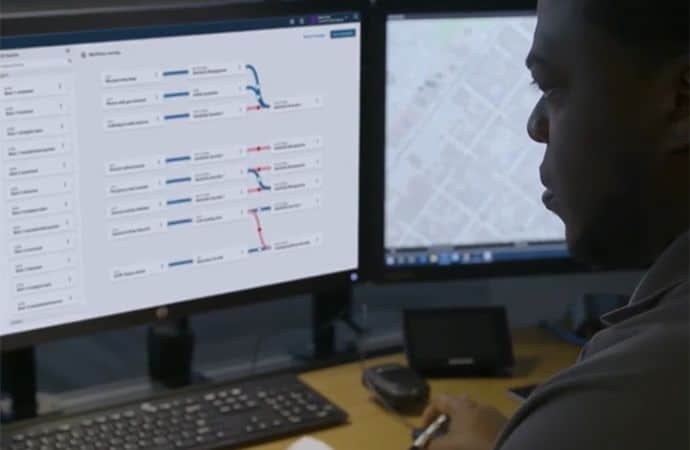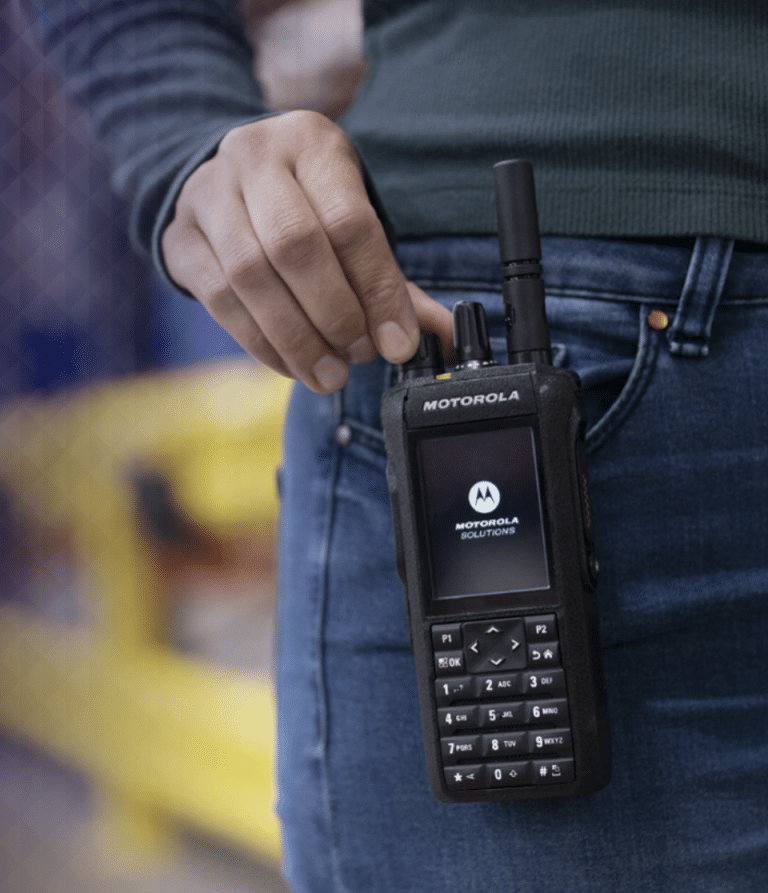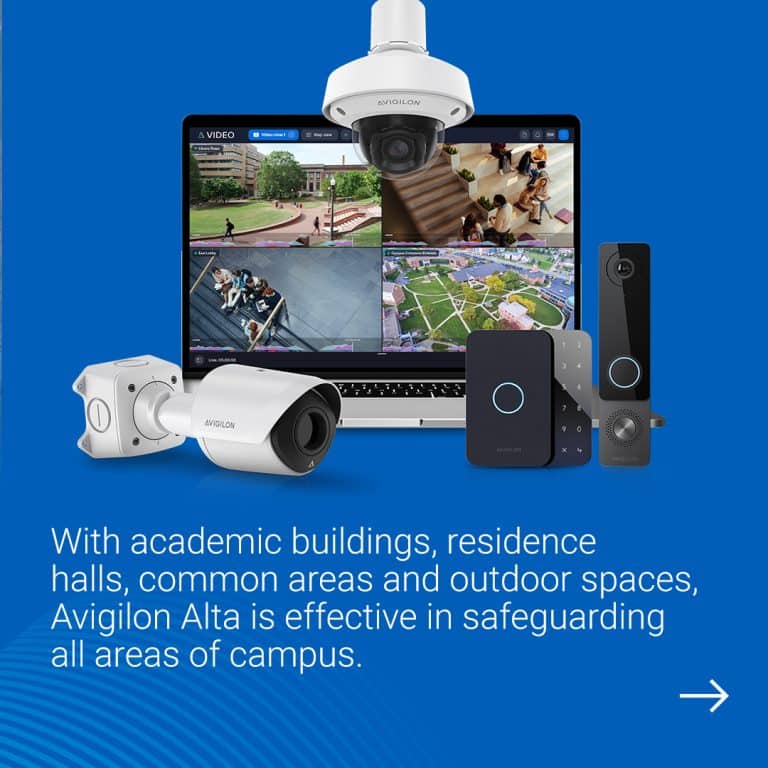If your two-way radios don’t seem to be performing as they should, consider these common sources of trouble.
You’ve skipped maintenance.
Dust, moisture and heat are all threats to electronics and two-way radio systems are no exception. Without regular maintenance, the realities of your environment will eventually sink into your radios and take them off-line. And we all know how that goes… it ends up happening at the worst possible time. Routine radio maintenance keeps your system clean, extends the life of devices, and cuts the risk of sudden failure.
Your batteries are old.
Two-way radios come with rechargeable batteries that may be charged, used and recharged many times before they wear out. How many times you can charge and recharge a battery before it no longer holds a charge depends on how the radios are used, how often they are serviced, and how they are stored. Switching to a new battery may be all that’s needed to immediately solve your problem.
Dirt is a primary source of charging issues and routine cleaning optimizes battery performance. You might also take a closer look at how you’re treating your batteries, too.
Do they fit snugly in the slots of your charging base so they can connect and receive a full charge? Are they turned off while charging and allowed to fully recharge before use? Are they stored in an area that’s often cold or too warm? Energy is easily drained from batteries that sit dormant for long periods of time, especially in undesirable temperatures. You might think you have plenty of backup power in storage that may not be the case.
Have you drifted onto someone else’s frequencies?
If you’re not familiar with the Federal Communications Commission’s (FCC) licensing protocols, it can be difficult to tell which frequency you’re on. And just one radio operating on the wrong frequency can throw off the performance of your entire system.
Fixing the problem is almost always more expensive than preventative maintenance, and costs can quickly skyrocket if the FCC fines your organization for noncompliance. Routine maintenance ensures your radios stay in sync with your licensed frequencies so you can prevent unexpected expenses.
Your people need training.
How do team members carry radios? Untrained users are often inclined to grab them by the antenna and antennas are designed for wireless signals — not for holding the weight of the radio. An antenna that’s even a little loose can compromise reception. And a loose antenna invites other problems with the risk of moisture and corrosion around its connection to the radio.

If your users aren’t taught how to keep their radios working properly for as long as possible, they’ll default to whatever they think is right.
“Training employees allows you to get the most out of the system and your investment,” says Commenco Managing Director Gary Quint. “It also prevents all kinds of problems. When we get calls to investigate an issue, about half of those calls are traced to improper use.”
Most people try to use a radio like a cell phone and then blame the radio for issues they create. It’s not uncommon for our technicians to troubleshoot an equipment concern, only to find a user was speaking too softly or too quickly into the radio, interrupting others when they speak, or simply not holding the radio close enough to their mouth.
Training users how to use and care for their radios is essential, and thinking you can get by without it is unrealistic.
Your radios aren’t designed for commercial use.
Our technicians say it all the time… commercial two-way radios are tools, not toys, and they should be treated as assets in your company’s technology inventory. Consumer radios and cheaply-made walkie-talkies are not designed to withstand the rugged demands of commercial use and often break within the first year of use.
Coverage is typically limited to a range of about one mile, and almost anything can interfere with the signal. There’s not much we can do extend coverage or prevent dropped signals on devices not intended for commercial use.
You’ve outgrown your system.
If your business is dependent on aging analog radios, you may be trying to push the old system too far. We know it’s tough to make a change but sticking with analog two-ways means you’re missing out on better coverage, better clarity and advanced functionality that could help you do business better. And as your team grows, competing to communicate over limited analog channels will only become more frustrating.
Digital radios have clearer reception and better sound quality, and they offer the ability to dedicate channels to specific teams. Clear, organized team communications translates to fewer mistakes, less wasted time, and quicker emergency response times.
Your Wi-Fi coverage no longer supports your needs.
The growth and evolution of your business may have changed your physical space and new obstacles could be affecting the quality and range of your wireless service.
It’s no secret concrete walls are a problem for wi-fi signals, but the concrete itself isn’t the problem. There’s a lot of steel running through concrete buildings and steel absorbs signals.
Motors and other machinery that produce or consume large amounts of electricity can also cause dead zones. Electrical equipment in general frequently causes chaos for nearby wireless signals.
Did you know windows can be a problem too? Specialized glass that filters ultraviolet sunlight can have metallic coatings and multiple panes that repels wireless frequencies.
Even the bright electric buzz of fluorescent lights can make trouble for wireless signals. You have to take all of this into account when you’re designing a wireless system, and not all buildings are the same.
Expanding your network coverage area can be tricky, but we have so many tools that can solve these kinds of problems now so companies really shouldn’t have to struggle with dead zones. We can strategically place antennas, wi-fi access points, and network boosters in certain areas and completely change the game for a business.

If you think your radios should be working better than they are, please give us a call, or request a free on-site wireless signal evaluation>>






